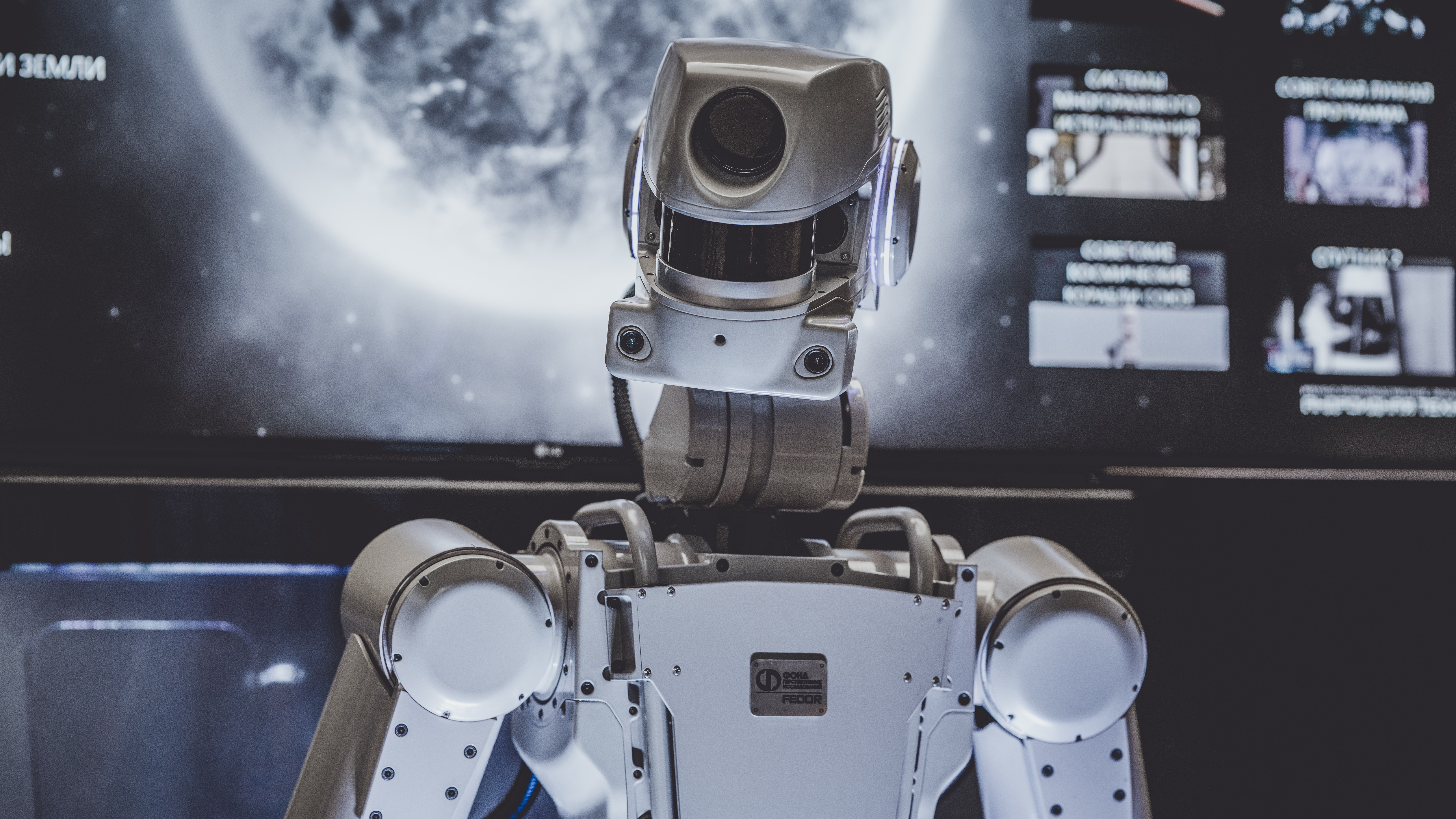Robotic Process Automation (RPA) is one of the new technologies created by humans to make repetitive work easier. RPA brings many benefits to businesses and in this article we will look at them in detail.
Organizations are rapidly adopting this technology, and especially since the pandemic, there has been a significant surge in interest and use of robotic process automation. Microsoft customers can take full advantage of automation with Power Automate
Differences between solutions RPA and other process automation tools
Workflow automation reduces the number of manual steps in a business process, but still requires human intervention to complete it. With RPA solutions, you create robots that operate through a graphical interface and do not require human intervention. Processes can be of two types: assisted, in which humans still need to initiate tasks, and unattended, which are completed entirely automatically.
RPA solutions require little or no coding, and since bots use the same infrastructure and tools as human employees, you don't need to change your underlying architecture. The use of RPA solutions is driven by business users. Some of these solutions are aimed at hobby developers—non-technical workers who can automate manual processes they encounter every day. Without the expense of traditional development and with little or no IT involvement, you can streamline business processes and improve employee satisfaction.

We have identified the following 10 benefits of RPA:
1. Time saving
The robot can work continuously, 24 hours a day and 365 days a year, without interruption and with a higher level of efficiency compared to a human worker.
It may take a human employee half an hour to open multiple emails, while a robot can complete such tasks in 2-4 minutes. Likewise, going through all those emails could take a person an extra 60 minutes. On the other hand, the robot completes the entire job in 20 minutes.
2. Improving performance indicators
Many organizations and employees believe that RPA technology can jeopardize job opportunities. But this is certainly not entirely true. The collaboration of both resources helps organizations get work done efficiently with a noticeable increase in productivity.
There are various forms of automation tasks where humans work in collaboration with bots. The automation present requires a human to make decisions while a robot employee does all the boring work such as collecting data and performing calculations, among other things. Unattended automation is a collaborative automation task that requires a robot as an assistant to perform back-office operations.
3. Elimination of the human factor
The machines are efficient and very precise in what they do.
While mistakes are learning opportunities, sometimes they are best avoided as the consequences can be dire. But if you use RPA technology, you no longer have to worry about errors.
4. Increased security
Cyber attacks are aimed at gaining control of or damaging important documents and systems. Their target may be corporate or personal computer networks. RPA can protect your company from potential attacks and from the risk of information leakage due to unscrupulous employees within the organization. RPA controls workers' access to sensitive data. Robots can also prevent the spread of viruses and send warnings when a possible threat is detected.
5. Cost reduction
One of the most significant benefits of RPA technology is its significant cost savings potential. Although the cost of installing a robotic system is high, it is cheaper than hiring an employee to perform routine tasks.

6. Scalability
A high level of flexibility is required for an organization to grow. Easily deploy and scale automation across your enterprise using virtual machines hosted in Microsoft Azure. RPA technology helps in handling increased workload efficiently and efficiently in limited time. The robot can be trusted to perform simple, repetitive tasks. And spend staff time on solving new problems.
7. Employee satisfaction
RPA will help relieve workers from numerous routine tasks and help everyone realize their potential to do more interesting work. This allows us to maintain a high level of staff involvement and loyalty.
8. High level of analytics
RPA is not limited to just collecting data, but analyzing it and generating reports. The information helps departments improve communication with customers and analyze the entire customer journey from first contact with the company to purchase.
9. Competitive advantage
Robotic automation with Power Automate gives you an edge over your competitors in terms of resource savings and productivity.
10. Improved customer interaction
Robotic process automation speeds up customer interactions and makes them more efficient. As a result, the quality of service and customer loyalty increases.
Conclusion
RPA solutions improve operational efficiency by automating repetitive, rules-based workflows. However, some processes are better left to employees. For example, non-standard processes that use large volumes of unstructured data or graphical information and that depend on rapidly changing parameters. As with any technology, the success of RPA implementation depends on the application. Even the most effective tools can't fix inherently inefficient processes, so it's important to carefully select the tasks to automate. An effective RPA solution, applied in the right context and with a specific, measurable goal, can significantly improve a company's performance.
Still have questions?
We at Fanetech help businesses in Kazakhstan implement Microsoft technologies and use them on 100%. If your company in the Republic of Kazakhstan is planning to migrate to Microsoft 365, is going to purchase Microsoft 365 for business licenses or take advantage of a wide range of possibilities Power Platform (Power BI, Power Apps, Power Virtual Agents, Power Automate), Microsoft Dynamics 365 And Microsoft Azure, Just Contact us. Fanetech is a Microsoft gold partner in Kazakhstan.

